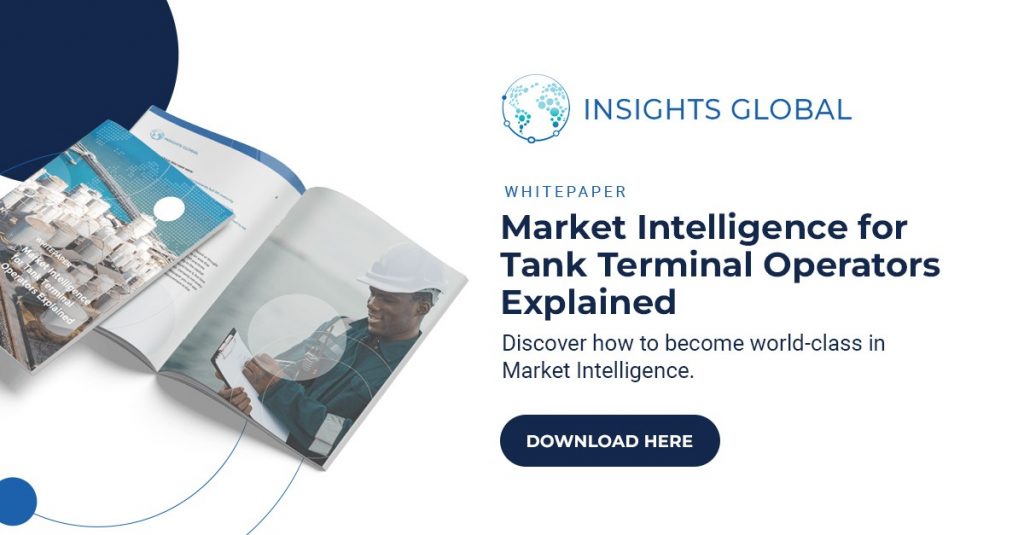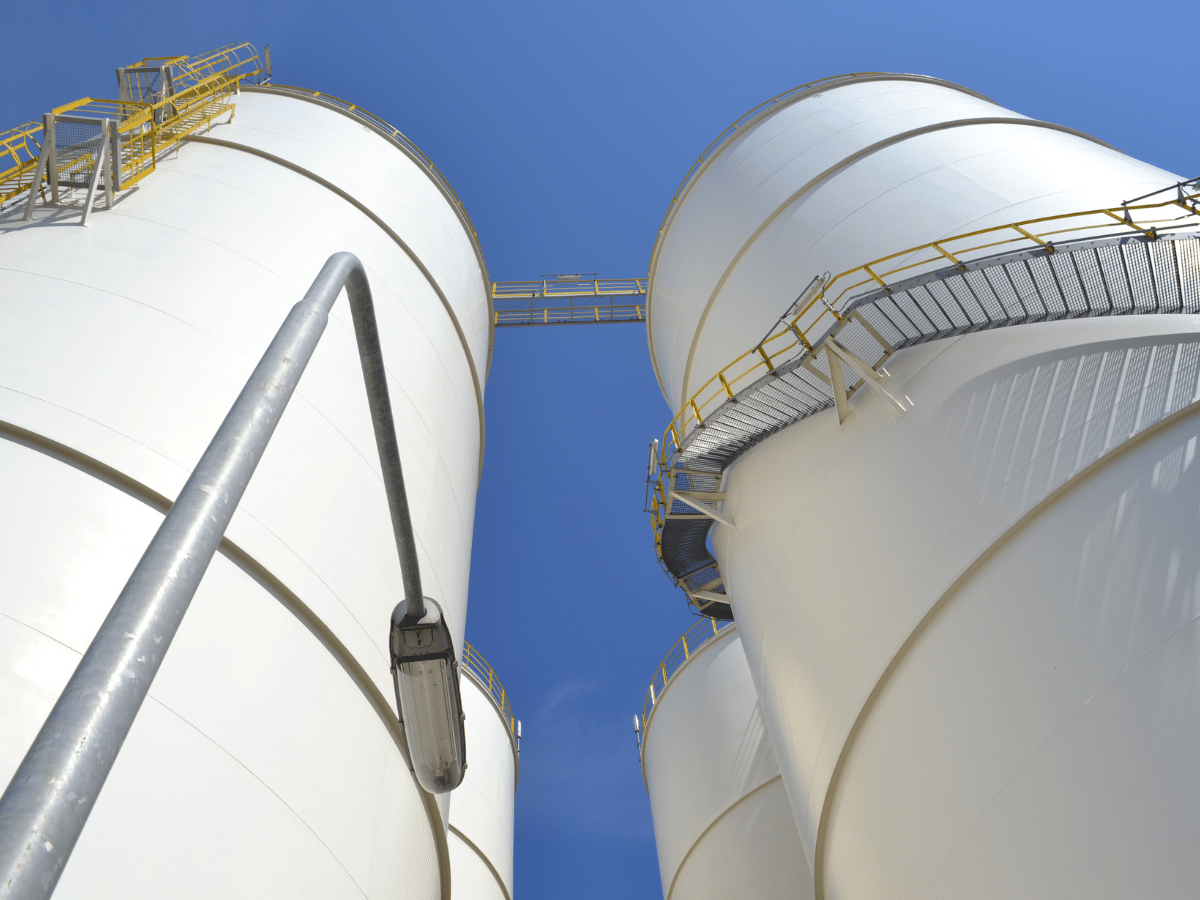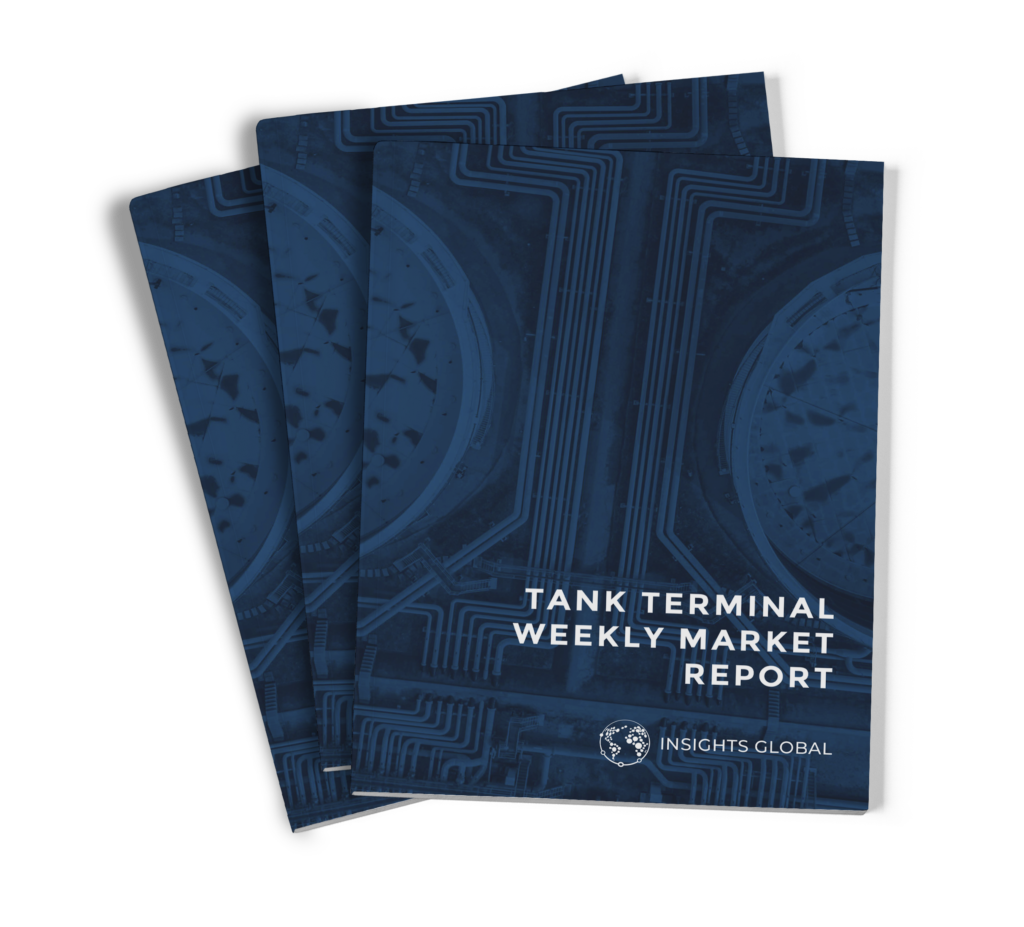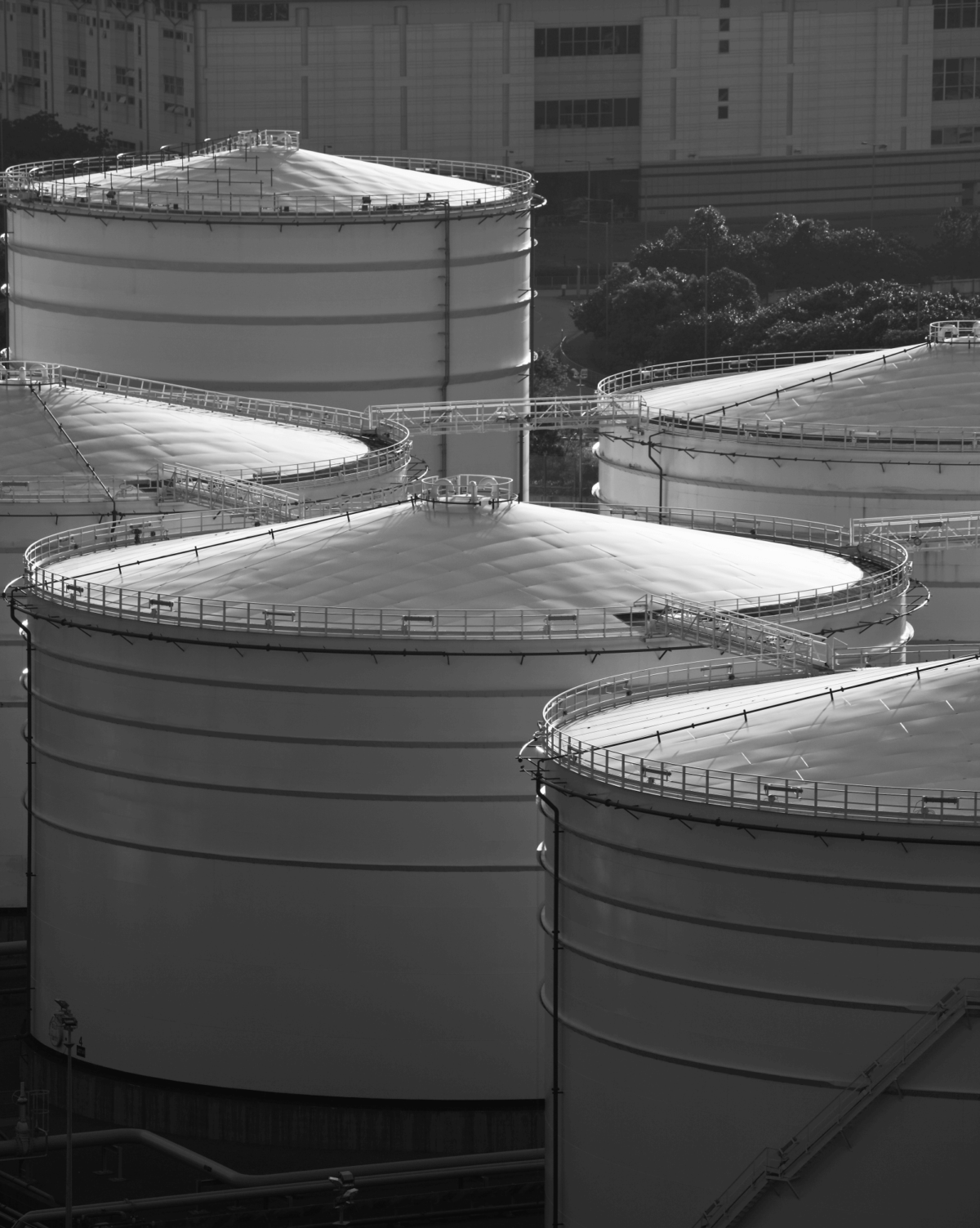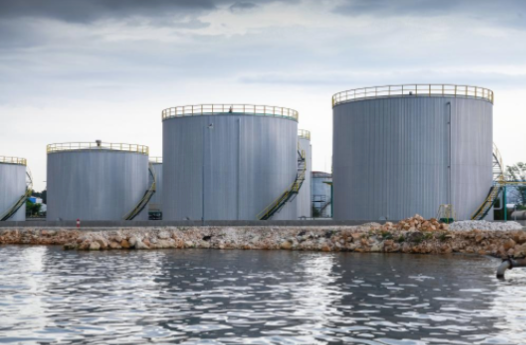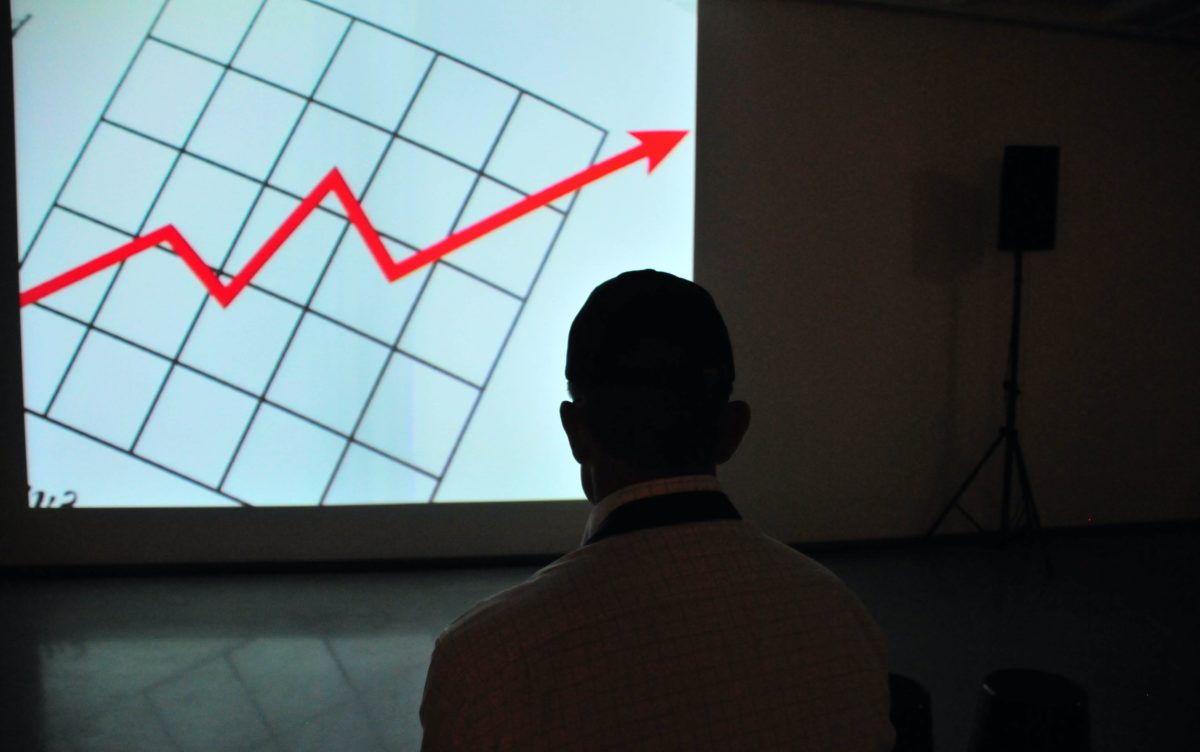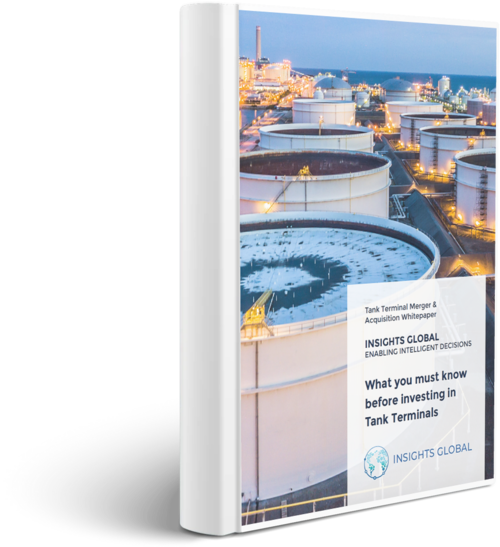For owners of terminals Market Intelligence (MI) can be the key factor to unlock pathways to cost reductions, smarter investments and growth. If the management team succeeds in predominantly making well-informed choices based on easily digestible structured information the whole outlook for the company could change. With strong MI it is also possible to zoom in on currently underperforming terminals where market adjustment and optimization will lead to better performance and profitability.
In the world of Market Intelligence there is a best practice developed by the Global Intelligence Alliance or GIA (currently active under the new company name M-Brain). It’s widely known as the GIA Framework for developing World Class Market Intelligence. The company published it in 2009 in a whitepaper titled World Class Market Intelligence – From Firefighters to Futurists.
Basically, it thoroughly explains a matrix with on the vertical axis 6 Key Success Factors (KSF) and on the horizontal axis 5 Stages of Market Maturity.
The 5 Stages of Market Intelligence Maturity
GIA gave the 5 stages frivolous yet insightful names like firefighters for the poorest, informal, last minute, ad hoc intelligence gathering and futurists for the world class MI of truly visionary companies.
- Informal Market Intelligence – “Firefighters”
- Basic Market Intelligence – “Beginners”
- Intermediate Market Intelligence – “Coordinators”
- Advanced Market Intelligence – “Directors”
- Word Class Market Intelligence – “Futurists”
Let’s look at each stage individually:
Informal Market Intelligence:
Any tank terminal operation, and any company for that matter, handles various sources and streams of information of course. At this stage of maturity companies will probably not even use the label “market intelligence” for their information gathering and sharing activities. There is no predefined scope to these activities that will typically be done ad hoc when needed with little coordination and with little or no tools and resources.
Basic Market Intelligence:
Companies that have at least heard about Market Intelligence and its benefits may also be on a path with some “basic” first steps toward an actual MI program. Such a tank terminal operation might already engage an external service provider for some of their information needs. The activities are still mostly done ad hoc, like while preparing for a merger or an acquisition. There is however already some structure to how the intelligence is gathered, stored and shared.
Intermediate Market Intelligence:
At the intermediate stage a company is well aware of the benefits of market intelligence, has maybe seen some good case studies and is motivated to do better themselves. It is likely such a company will allocate some budget for services of external providers and a first set of software tools. At this stage the scope and the level of analysis of the MI remains rather limited, partly because the intelligence operation is only loosely integrated to business processes, if at all.
Advanced Market Intelligence:
Once a company has really internalized the need for the most insightful intelligence for its business processes, once it has assigned a network of employees who can spend a certain percentage of their time on MI and once it has established an external network of information sources and vendors such a company reaches the advanced stage of MI. A tank terminal operation in this stage will have defined concrete deliverables of the MI process that actually match the needs articulated by decision-makers. True and obvious benefits ensue, further deepening the commitment of the management to treat MI as a vital part of the organization.
World-Class Market Intelligence:
Beyond the advanced stage and benefits clearly translate into growth and profitability there is a route to move on to the “World-Class” level, where Market Intelligence will be established as an integral part of all corporate business processes and there is a deep focus on future topics and issues. The market leader in the tank terminal business has gone this route starting the implementation already back in 2007. The case study in the Handbook of Market Intelligence (describing the status in 2009) demonstrates that there is always room for improvement. But exactly that is where the greatness lies: once a true MI culture permeates an organization, remaining humble and continuing to improve becomes a second nature.
Let’s now look at the 6 Key Success Factors of Market Intelligence one by one.
The 6 Key Success Factors of Market Intelligence
Scope
In order to not drown in an ocean of information, it is important to limit the MI by clearly defining the scope of the intelligence. In principle a deep and wide scope is desirable, but in the beginning, you can juggle only so many balls. Scope then limits the specific intelligence topics that will be researched at all.
Process
So, with the defined scope, that may become ever wider and deeper, a tank terminal operation knows what information to dig for and who to deliver it to. The process aspect of the information flow looks at how information is gathered and delivered.
Deliverables
Market intelligence projects need to determine at the outset how the output of the information gathered will be delivered and shared. Think of deliverables like internal newsletters, documents, spreadsheets and presentations. They can also include workshops and seminars.
Tools
A corporate intranet is typically the first big company-wide tool that companies implement, and that allows for a basic level of MI in their organization. With that a tank terminal operation has at least moved away from the informal spaghetti of email threads. Beyond the basic level, there are more advanced generic or custom-built MI software tools that thoroughly and specifically embed the MI in the organization.
Organization
Putting someone at the helm of the MI operation is the logical starting point of allocating people and their time to the intelligence activity. Without that the MI naturally stays informal and ad hoc. With that first person appointed the MI can start to grow and internal and external networks can be built.
Culture
At the low end of MI maturity, a tank terminal operator has no “Intelligence culture”. There may be some intelligence gathering and sharing activity, but if the management or the employees don’t really cherish it, it will probably not go very far. Towards an advanced maturity level more and more employees are engaged via courses and training and see the benefits of strong MI. What may still be lacking then is the support of senior management or even the CEO. The high mark is when the CEO becomes the biggest internal promoter of MI.
The important thing to remember when trying to reach the next MI level is to assess what you need and what you want to accomplish. You have to assess your current level of Market Intelligence Maturity first and set a timeframe of progress towards the advanced stage. It is probably worthwhile to focus on some quick fixes and wins first if one or more of the 6 KSF’s are dramatically worse than others. Yet it’s also valuable to further strengthen the ones that are already at a high level.
World class MI might be out of reach for many smaller tank terminal operations, yet it is still a good idea to know about it. At the world class maturity level, a company has a broad, deep focus on future topics and a systematic process that continuously produces insights into the company’s operating environment. That company will also have a dedicated Chief Data Officer who’s in charge of structuring all intelligence activities across the company. This manager would typically be responsible for the annual “Intelligence plan” that is updated year by year with vision and metrics on dimensions such as sales, business development, operations and finance and management.
Advanced or world class MI for tank terminal operators specifically entails:
- A profound knowledge of the market of liquid bulk shipping and storage
- An in-depth knowledge of the current and future competitive environment
- Essential knowledge of regional and global trade flows and trends
In an ideal situation MI will not remain an isolated function in the company but may rather inspire the whole company to become a learning organization open to and embracing new trends and ideas. In the end management can make better decisions at a quicker pace which increases revenue and reduces costs. Valuable new customers will be attracted and facilities will be built that are future proof.
This blog post is a shortened version of a chapter in the whitepaper “Market Intelligence for tank terminal operators” that can be downloaded via the banner below.
Whitepaper: Market Intelligence for Tank Terminal Operators Explained
